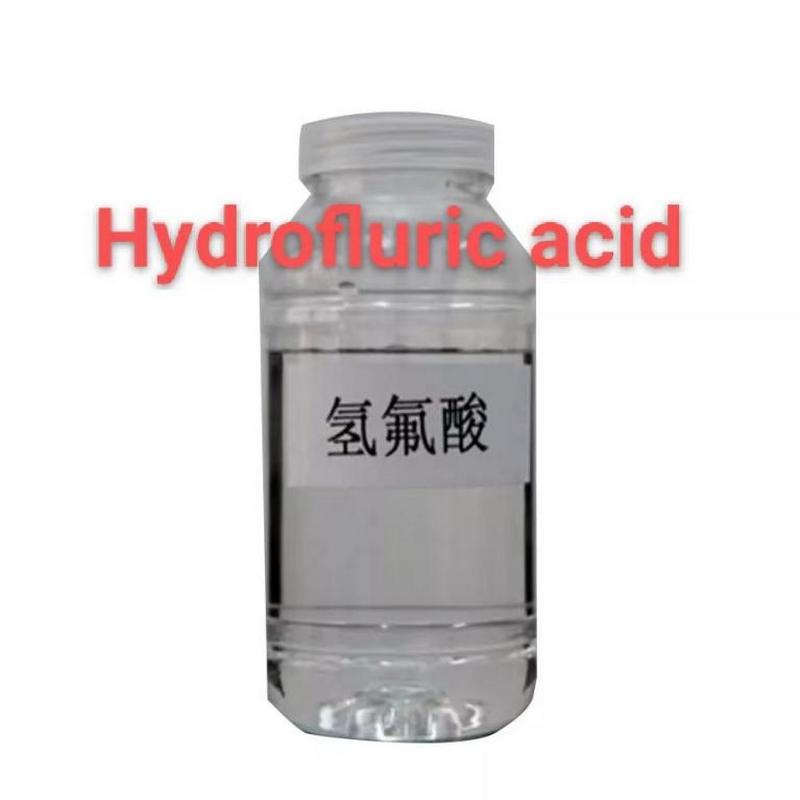Methods For Neutralizing Hydrofluoric Acid!
Hydrofluoric acid is a toxic chlorinated hydrocarbon that contains fluorine atoms. Since the 1930s, hydrofluoric acid has been widely used as a halogen solution for degradable pesticides. Because hydrofluoric acid is volatile and easily absorbed, its presence in the air can harm human health.
Hydrofluoric acid neutralization is an important means of hydrofluoric acid treatment. Hydrofluoric acid neutralization technology includes: activated carbon adsorption neutralization, solvent extraction neutralization, ion exchange neutralization, ion modification neutralization and non-ion modification neutralization.
Activated carbon adsorption neutralization is the use of activated carbon adsorption, the hydrofluoric acid from the water neutralization. This method is economical and easy to use, but its selectivity is poor, can not effectively remove organic matter and other inorganic ions, and activated carbon has a high resistance to hydrofluoric acid, so that activated carbon is difficult to be neutralized.
Solvent extraction neutralization is the continuous extraction of hydrofluoric acid between aqueous solution and solvent to achieve neutralization. The advantage of solvent extraction neutralization technology is that it has low resistance to agent and can well remove organic ions in ammonia, nitric acid and other solutions. However, its disadvantage is that solvent extraction generally requires certain temperature and pressure conditions, so the extraction efficiency is low.
Deion exchange neutralization is the realization of hydrofluoric acid neutralization by using the ion exchange properties of ion exchange resin by exchanging ions from water. The advantage of ion exchange neutralization technology is that it is highly selective and can effectively remove ammonia, nitric acid, heavy metal ions, etc., but the disadvantage is that the neutralization efficiency is limited by the reaction ability of ion exchange resin, so the reaction time is long and the energy is consumed.
The neutralization of ion modification technology is to utilize the principle of ion modification to adsorb ions to the modifier and make it become insoluble compounds to achieve the neutralization of hydrofluoric acid. The neutralization of ion modification technology has the advantages of good selectivity, effective removal of ammonia, nitric acid, etc., and the reaction speed is fast, but the disadvantage is that its reaction capacity is affected by the modifier, which consumes a large amount of energy.
Nonionic modification technology neutralization is the use of polymer structure surface, hydrofluoric acid adsorption on the surface, to achieve neutralization. In addition, the non-ionic modification technology can also use the structure to fix hydrofluoric acid on the polymer surface to form hydrofluoric acid polymer complex, which can also realize the neutralization of hydrofluoric acid.
For the neutralization technology of hydrofluoric acid pollution, the above several hydrofluoric acid neutralization technologies have their own advantages and disadvantages. Different technologies can be used separately or combined according to the specific situation. There has never been a universal solution for hydrofluoric acid neutralization technology, and a single technology may not be able to effectively deal with pollutants. It must be analyzed and selected on a case-by-case basis to achieve neutralization standards as required.
The treatment of hydrofluoric acid pollution is very important, but its treatment is a whole process, including pollution detection and monitoring, source control, and neutralization. As an important link of pollution control, hydrofluoric acid neutralization can effectively reduce the pollution of hydrofluoric acid. Hopefully, through this neutralization technology, water quality can be restored and our environment can be protected.
